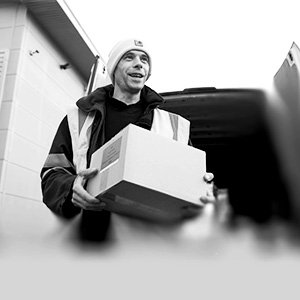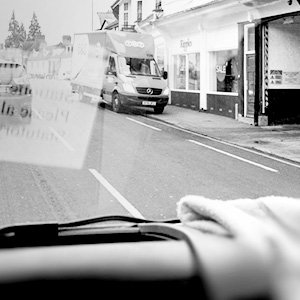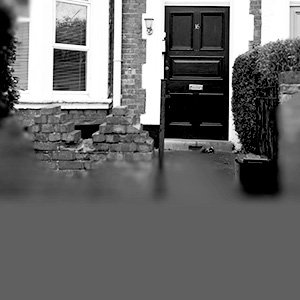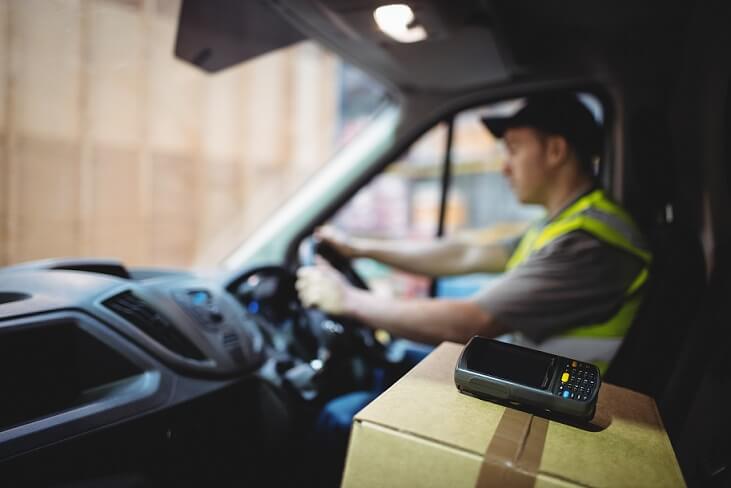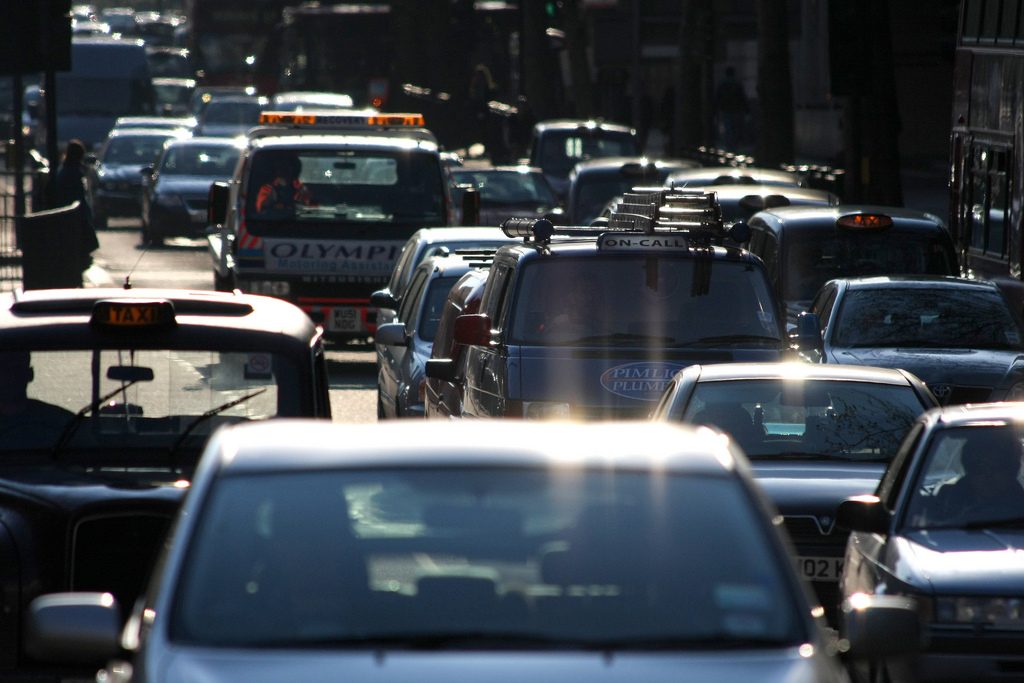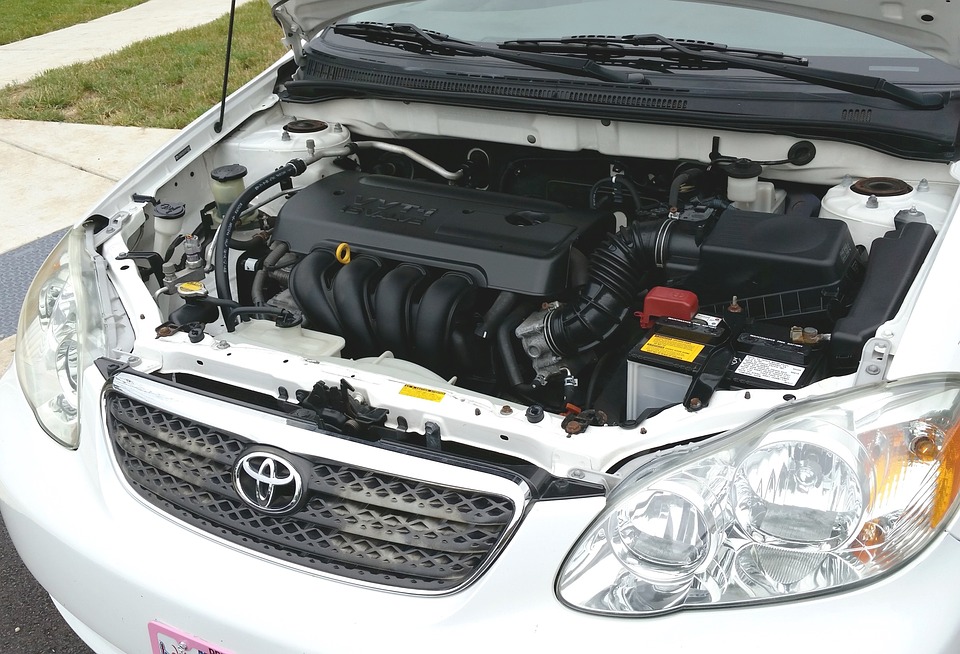Keeping your records correct and up to date for your fleet vehicle mileage is important, as it’ll help your business or employer be compliant with HMRC and avoid any hefty fines. This’ll also help you claim the correct amount back on your business expenses.
As providers of fleet insurance, we take a look at the different ways you can keep track of your business mileage for your fleet vehicle.
Handwritten logbook
Although it sounds outdated, keeping a handwritten log of all your business miles is a cheap and effective method that many companies still take. It is especially useful for drivers who don’t have access to a computer.
The downside to this option is its potential for inaccuracy, as data has to be input manually. There is also the question of security and the fact that a logbook can easily go missing.
Spreadsheet
This is the next step-up from a handwritten logbook in which drivers can log their miles electronically. If there’s a large number of vehicles in the fleet this process can become time consuming, so this method of mileage capture will suit smaller fleets.
Electronic expense system
Instead of the driver uploading inputting their journeys into a spreadsheet, they can upload their mileage into the company’s expense system. The use of this system is much more common with larger businesses.
Online mileage capture
Drivers can log into the system and enter the ‘from’ and ‘to’ postcodes for their journeys. These systems also allow personal odometer readings if the driver needs to calculate private mileage for reimbursement if they’re using a fuel card. This method is more accurate and sophisticated than spreadsheet or handwritten logbook. However, it still relies on drivers manually inputting their mileage.
Dongle/mileage logger
The driver plugs the dongle into the vehicles USB port, which will then record the journey via GPS. They can then upload and store the data onto a computer or upload remotely. Prices for dongles can vary, with some suppliers charging a one-off fee for the unit, whereas others will charge for the dongle and continued support.
Smartphone app
The use of smartphones continues to increase and now companies are introducing smartphone mileage capture through specialist apps. People tend to carry their mobile phones with them so they are unlikely to forget to track their business miles and it’s far more convenient than logging in to a computer to input miles.
Sat-nav
Drivers can choose to track their business miles using their sat-nav. This function is cheaper than many stand-alone products if the company provides their drivers with sat-navs. A downside to this system is that some standard sat-navs do not come with this functionality.
Fuel Card
By paying for fuel with a fuel card, a driver will provide the cashier with their vehicles mileage and registration. This can help reduce the amount of admin required to produce expense claims.
Fleet management software
Fleet management software may include a module for mileage capture, depending on which system you use. This will work much in the same way as a dedicated mileage capture system and can be part of one integrated system.
Telematics
A telematics or tracking device can be fitted to the vehicle and track its mileage. At the start of their journeys, drivers could be given the option to select whether their journey is for personal or business use.
To log their miles drivers would have to log-on to a web-based based app/software to produce a report for their expenses. This option will likely be the most expensive, but accuracy is high and every journey is logged.
Do you use any of these options to capture your business miles? Let us know your thoughts on our Facebook and Twitter pages.
